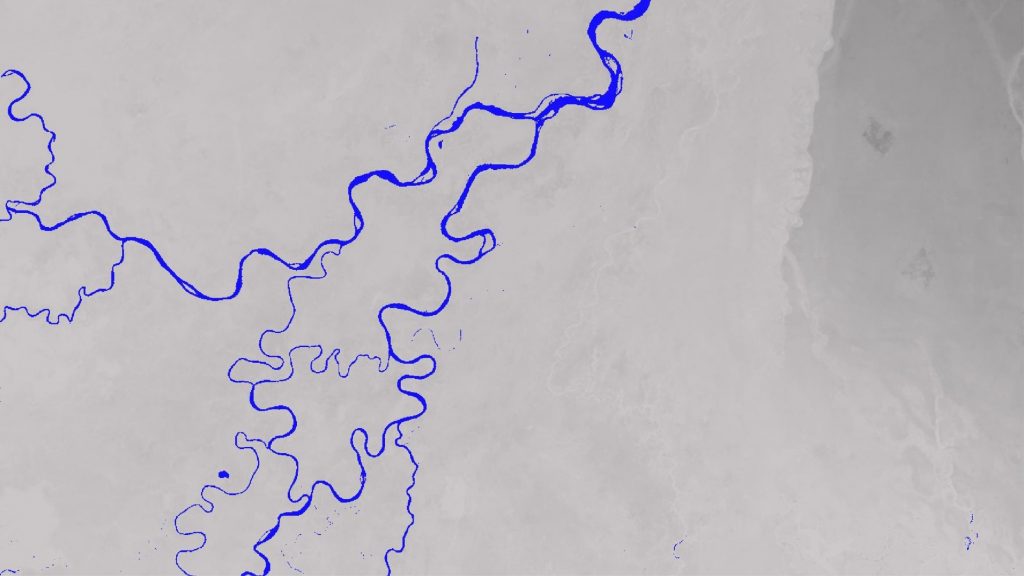A paper describing the characterisation and stochastic simulation of flood events on three converging rivers while considering the spatial dependence (i.e. correlation) of each river with its neighbours.
Effective flood risk management depends on methods for estimating flood hazard and an appraisal of the dominant uncertainties in the analysis.
Typically, hydraulic models are used to simulate the extent of flooding for an estimate of the flow in a particular reach for a chosen probability of exceedance. However, this definition causes problems at river confluences where flows derive from multiple sources. Here, a model-based approach was adopted to describe the multisite joint distribution of river flows for three rivers that converge on the city of Carlisle (UK).
Monte-Carlo methods were used to generate flood events with realistic spatial dependence between tributaries which would occur over a 1000 year period. To account for the uncertainty in the data used to create the event set, block bootstrapping was used to produce a further 100 runs of the event generator over notional 1000 year periods. Each of the 20 000 events created by this process was then simulated using a 10 m resolution two-dimensional hydraulic model of the whole city to demonstrate the feasibility of the approach.
Spatial dependence was found to be important because no single event caused the maximum flood extent at all locations and assuming perfect correlation between tributaries overestimated flood hazard. Uncertainty in estimates of inundation probability was significant to the extent that confidence intervals in risk estimates were larger than expected; however, the interaction of flows with the flood defences and valley topography gave a distinct structure to the inundation probabilities and risk. Copyright © 2012 John Wiley & Sons, Ltd.


